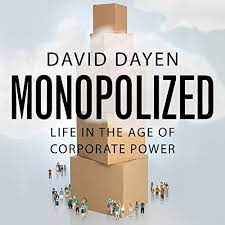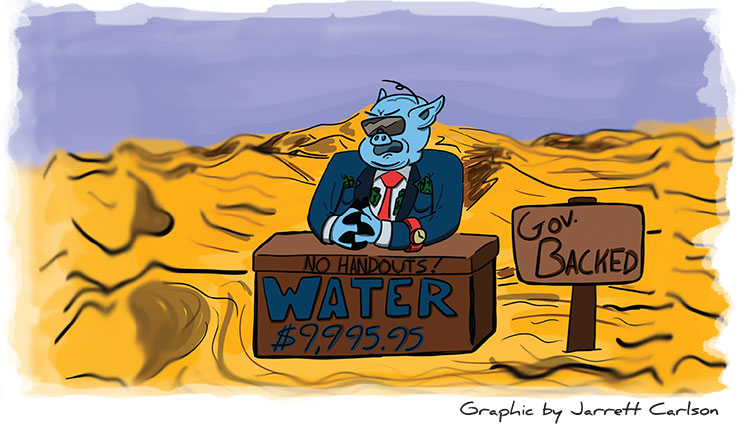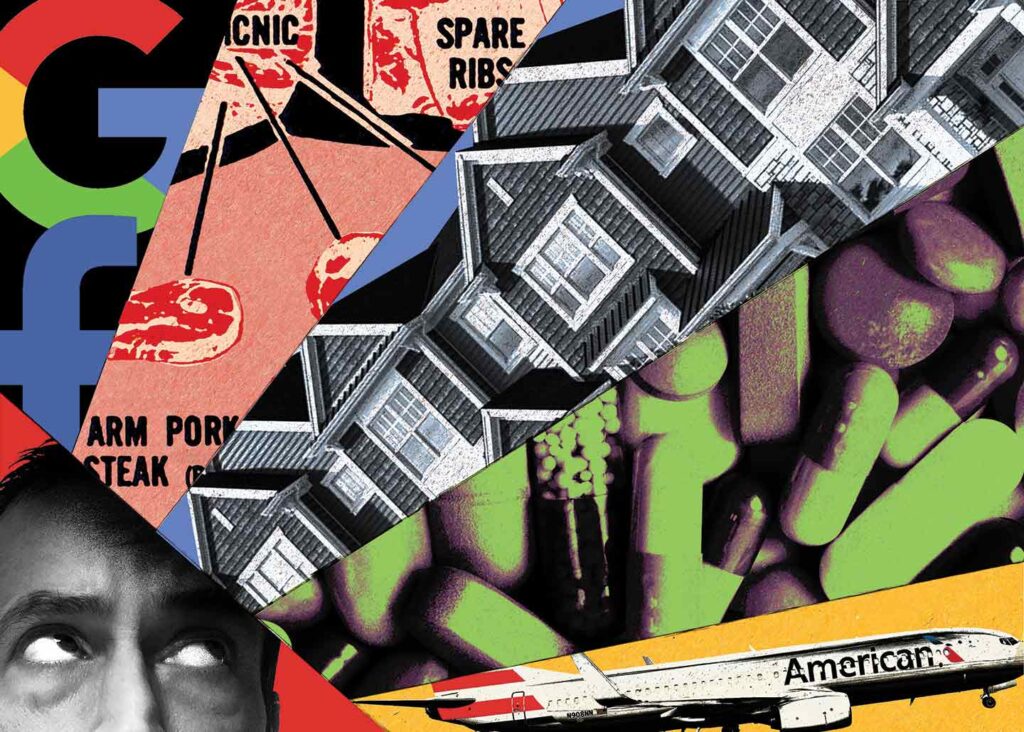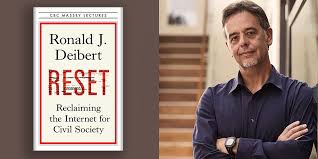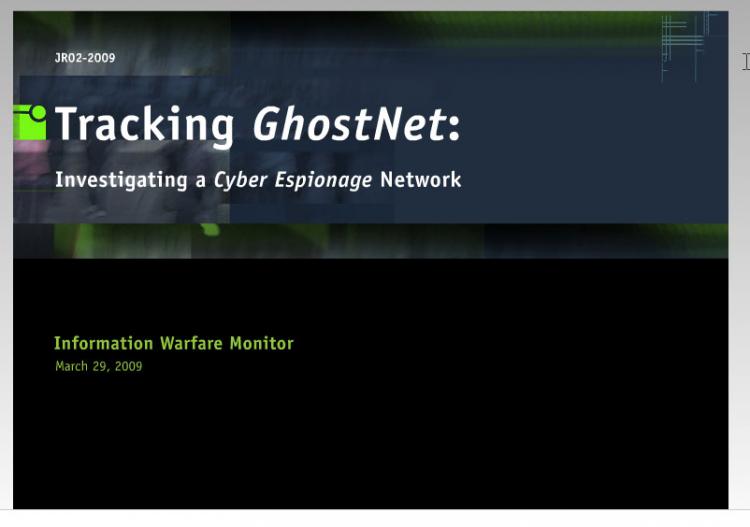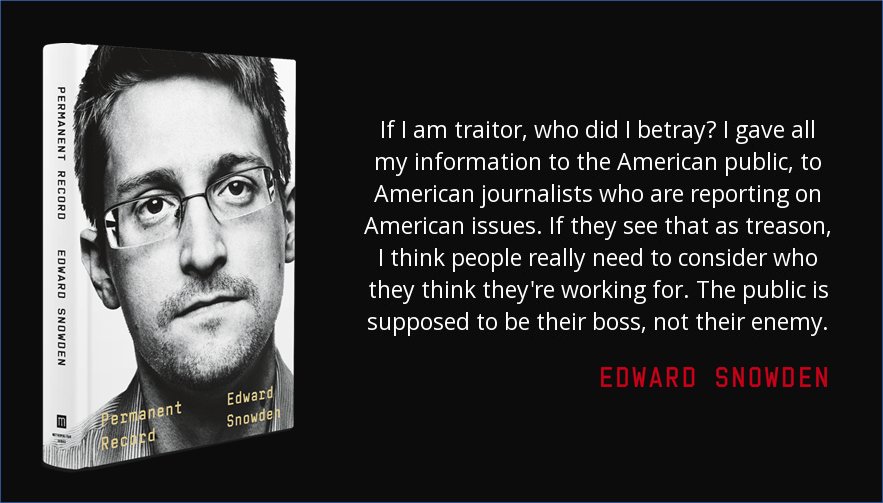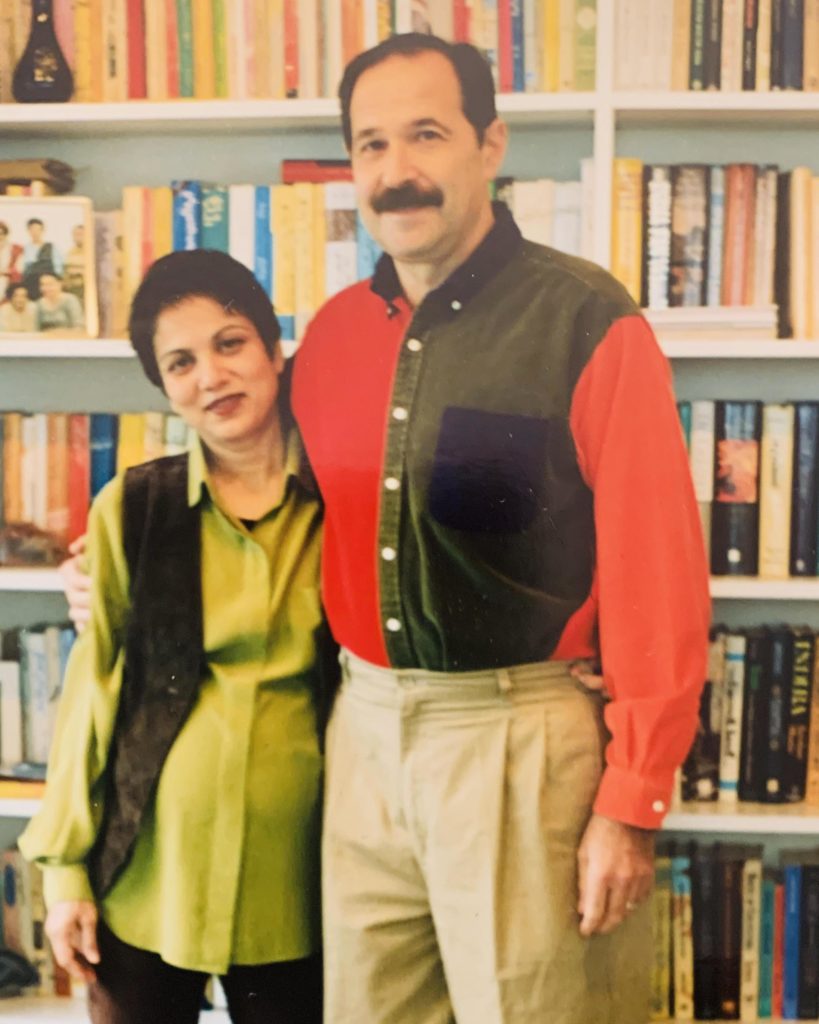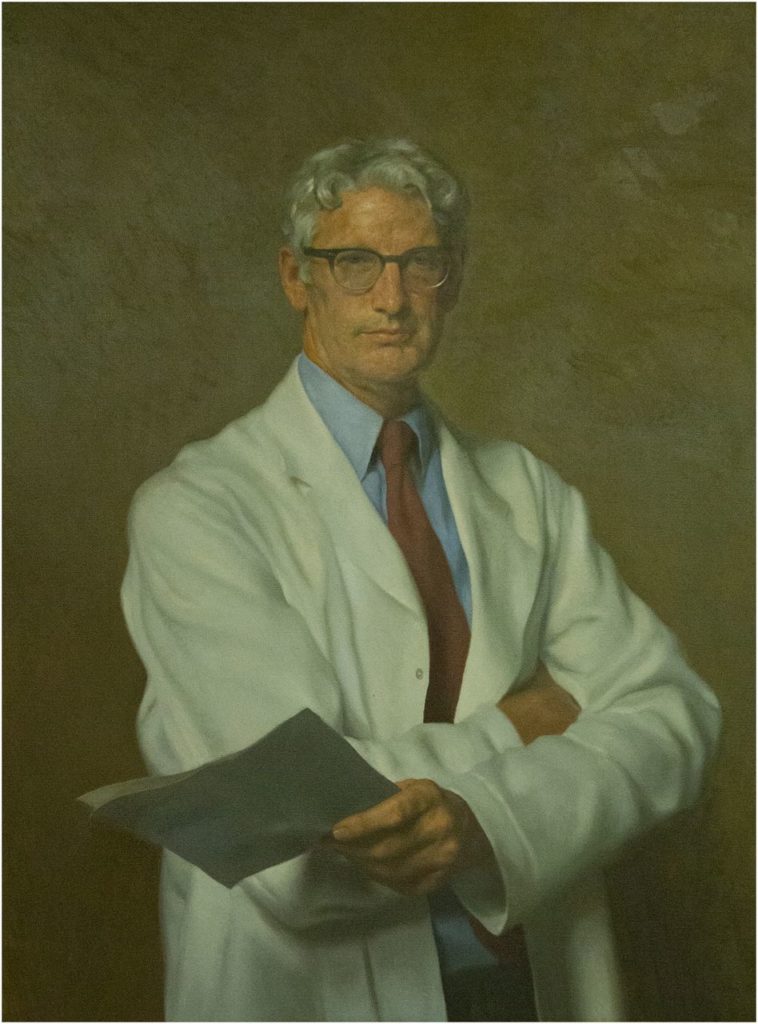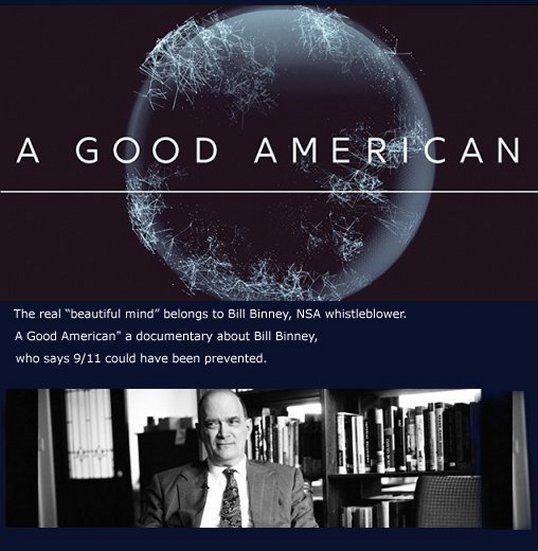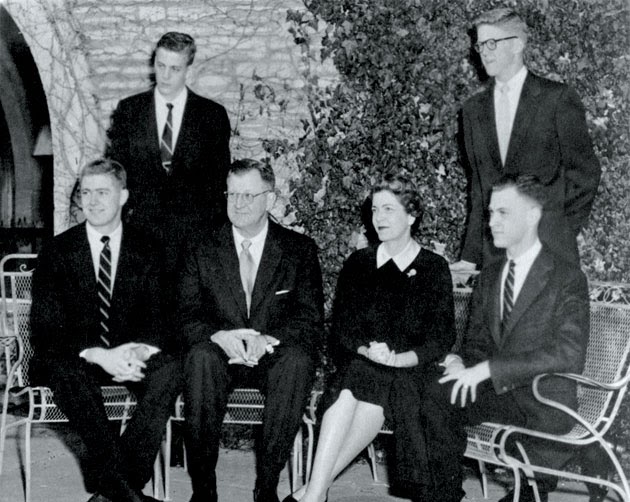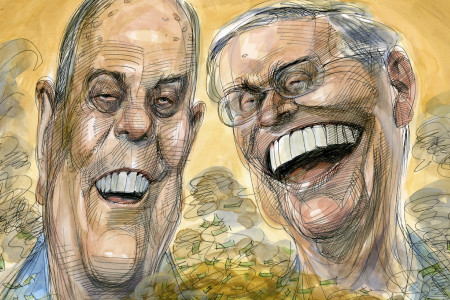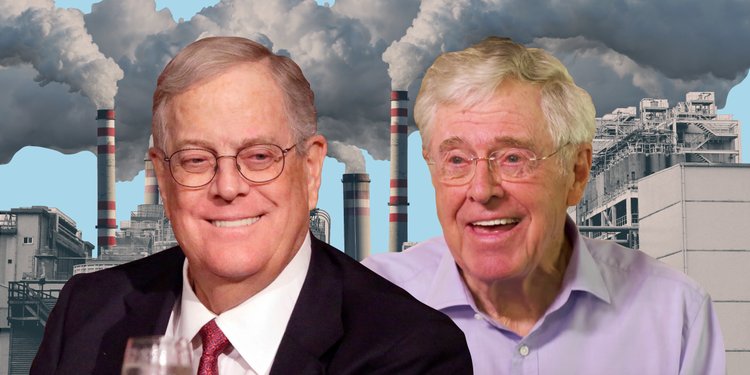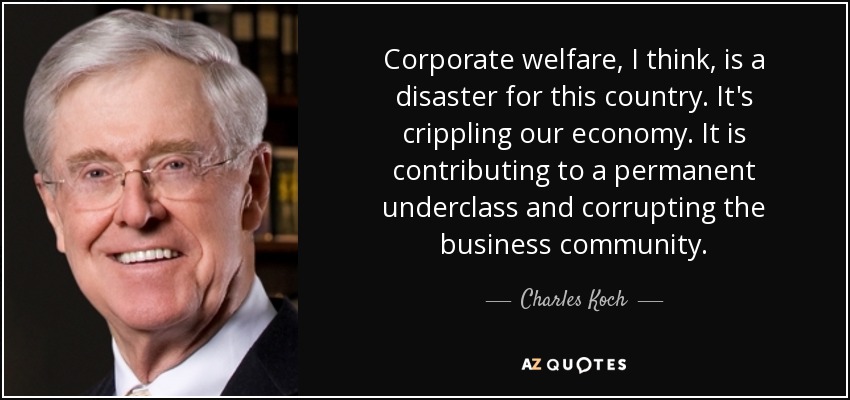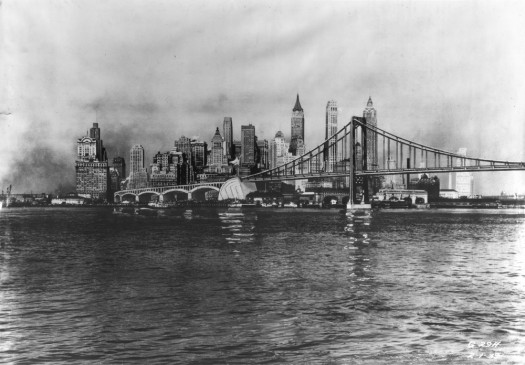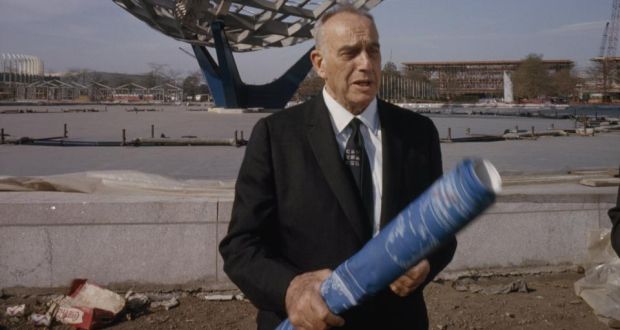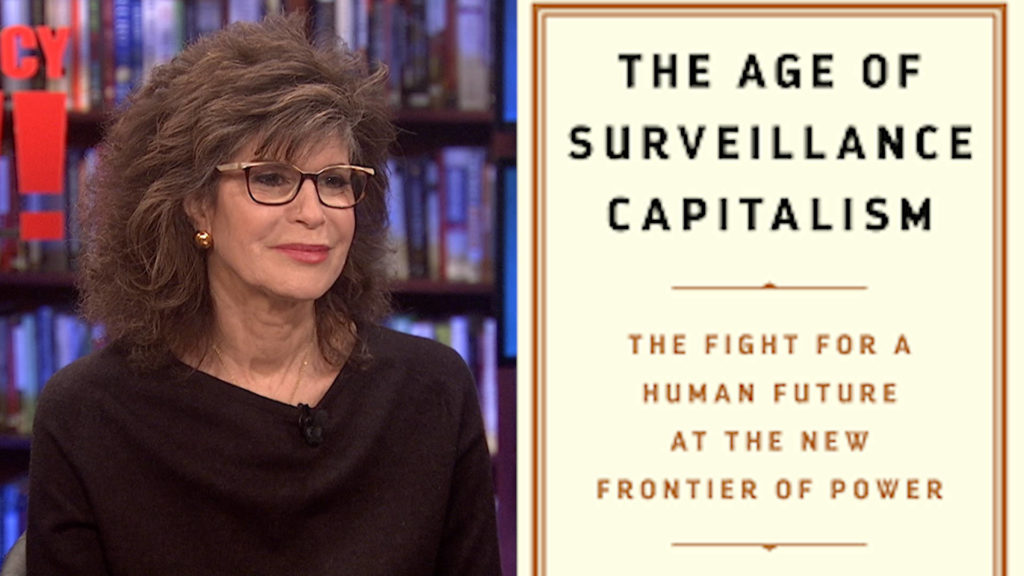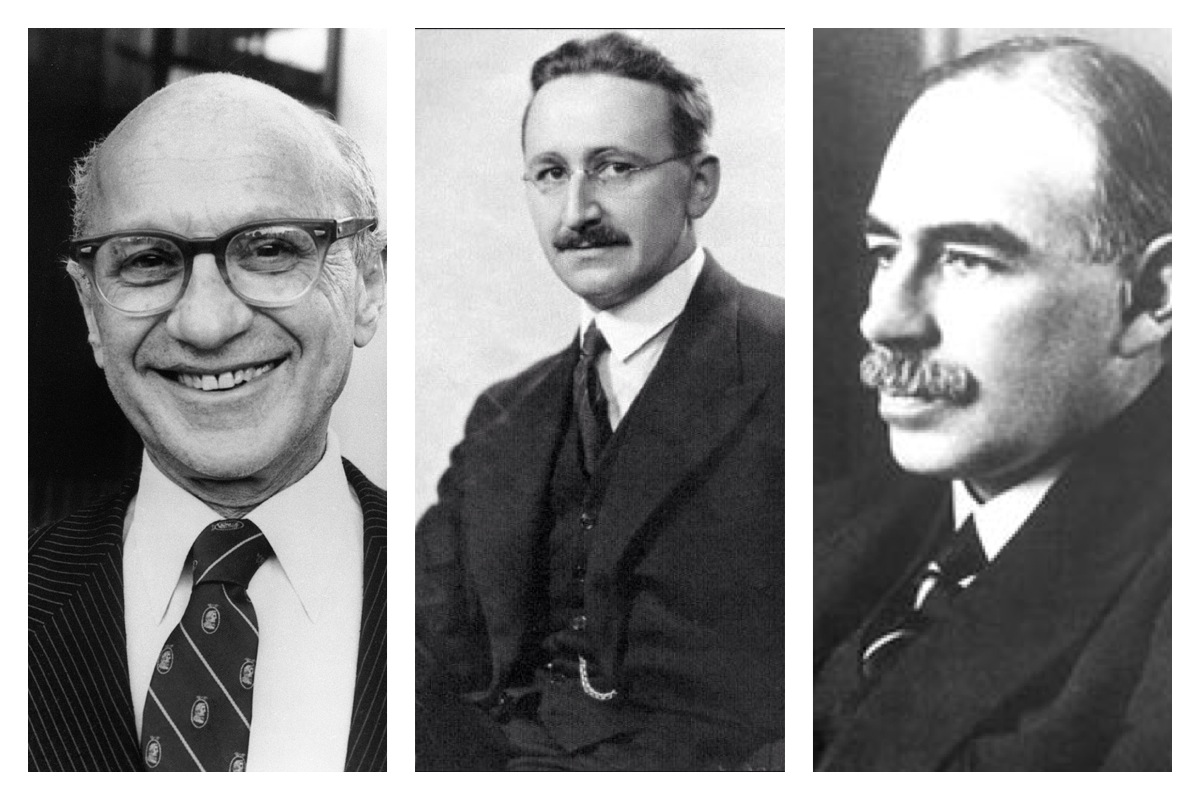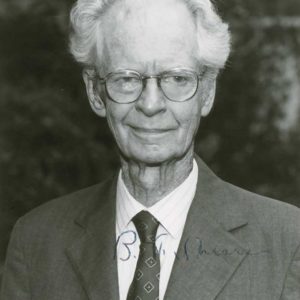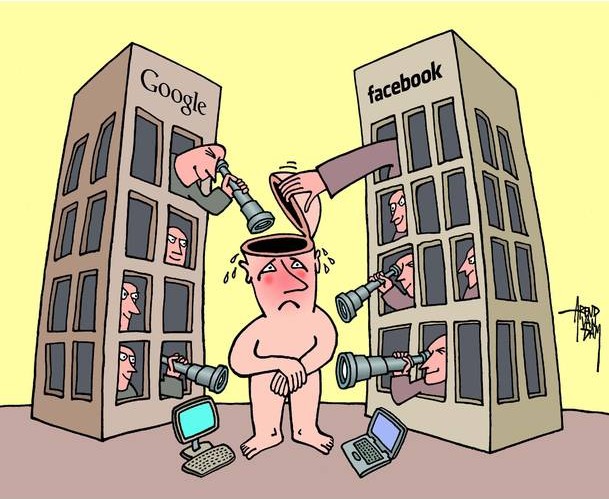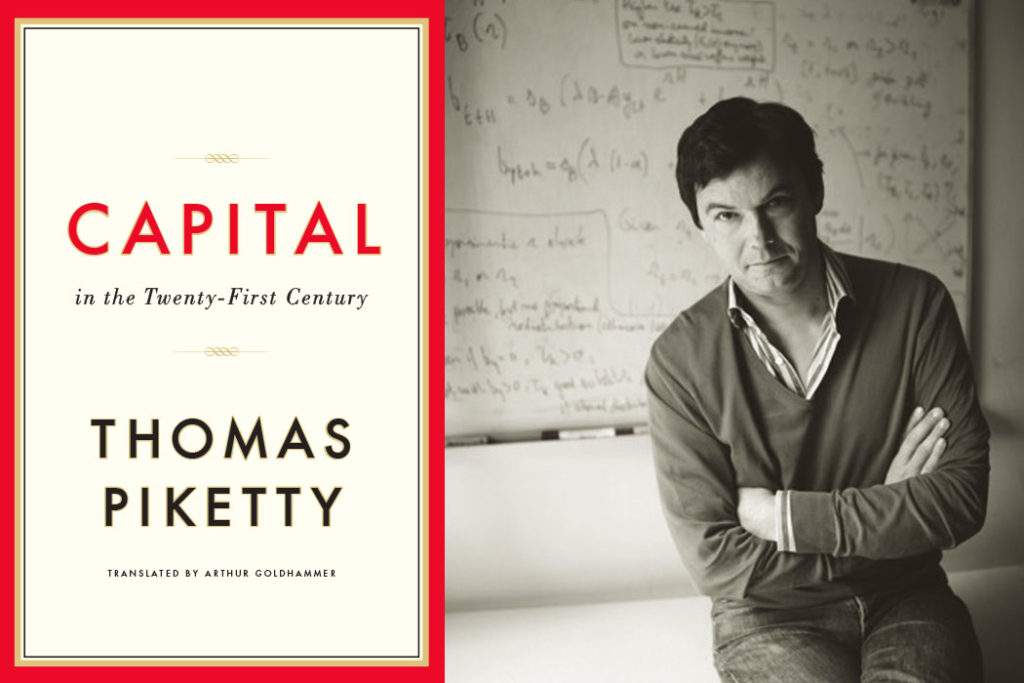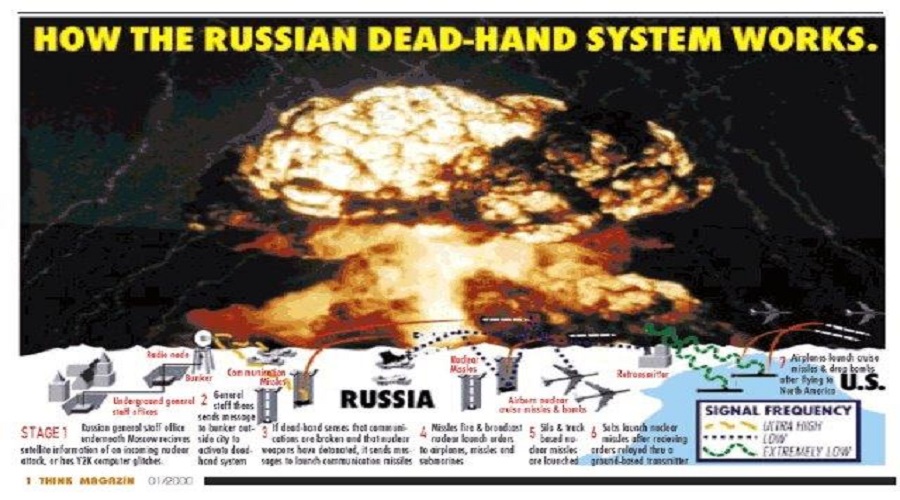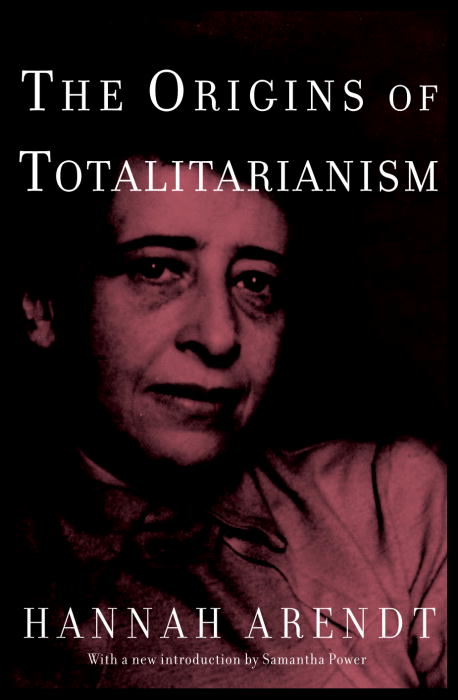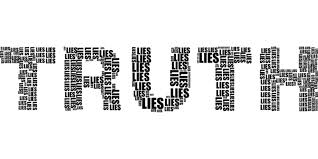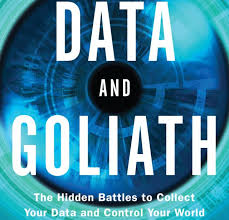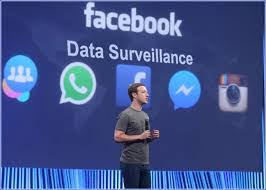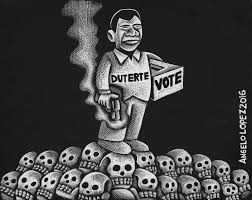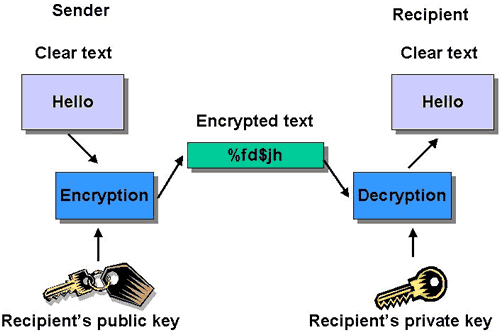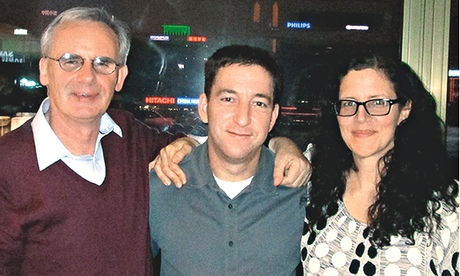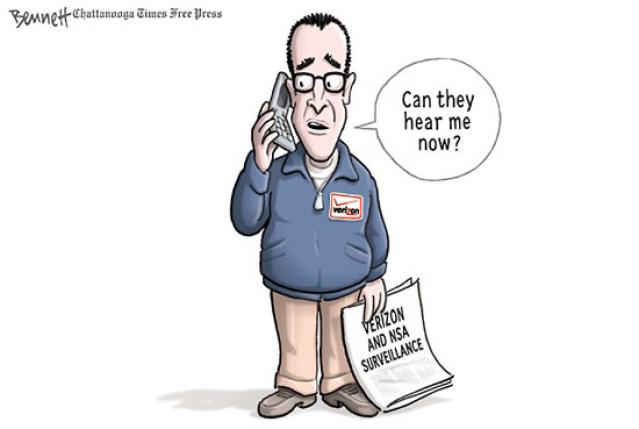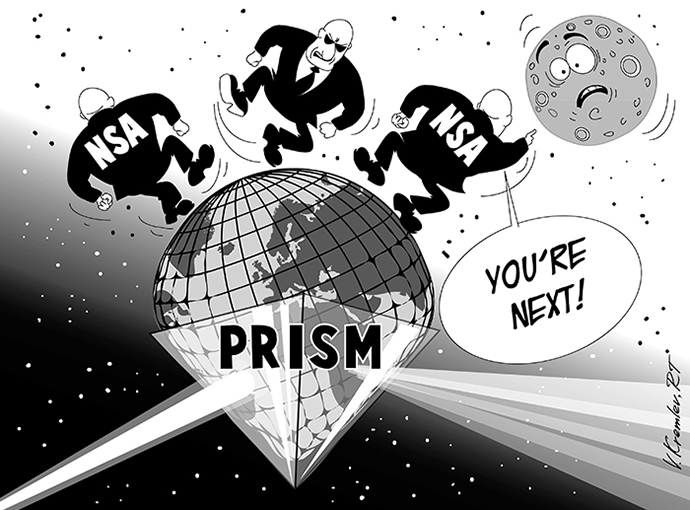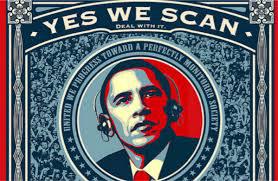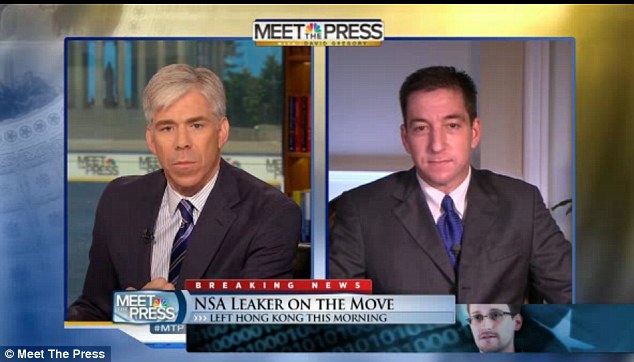Rediscovering the Magic of Antitrust
Friday, July 23rd, 2021Break ’em Up; Recovering our Freedom from Big Ag, Big Tech, and Big Money, Zephyr Teachout, 2020
This is a compact must read book. Here are some highlights:
<> <> <> <> <> <> 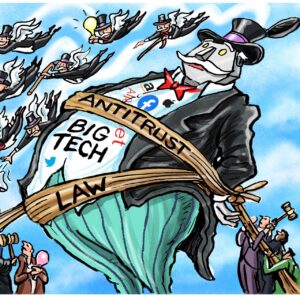
Antitrust Can’t Bust a Monopoly of Ideas WSJ
The highest and best goals of America–equality and freedom–require government to protect citizens from any group or any person wielding too much power. We used to do pretty well, using antitrust, campaign finance laws, public utility regulation, labor laws, and other anti-monopoly tools. But in recent years, our government has failed on all these fronts. Meanwhile, corporations have disabled key institutions designed to protect against arbitrary power.
After the crash of 2008, the impunity of elite networks was on full display when no banker was jailed for lawless activity. Pharmaceutical and big tech corporations regularly get away with laughably trivial fines for their major violations of the law…Public courts have been replaced by arbitration in which judges are paid by corporations, reasons aren’t given, and no one knows what happens.
Unelected “megalomaniac President” Zuckerberg: “In a lot of ways Facebook is more like a government than a traditional company.” Facebook “set up a more democratic or community-oriented process that reflects the values of people around the world.”
The will to power is connected to the desire for material accumulation, but it is made of something different, and Zuckerberg clearly has it. The ability to affect the lives of everyone on earth, to know everything about them, to shift elections, to change the practice of democracy–these are not unforeseen by-products of a business plan. They are not an accident. They are the point.
People in power are more likely to interrupt, to look away when others speak, to touch others inappropriately, to say what they want, to take risks…They are more likely to be rude, hostile, and humiliating. They are more impulsive,more self-centered in their choices, which they make obliviously, because they are less able to read other people’s reactions. People in power rely more on stereotypes when making judgments about others, with less awareness of unique or individual traits. They aren’t good at describing the interior lives of others, and are bad at guessing what others want or feel.
Researcher Jake Dunagan: “The experience of power might be thought of as having someone open up your skull and take out that part of your brain so critical to empathy and and socially-appropriate behavior.”
Denmark has appointed an ambassador to deal directly with the quasi governments of Google, Facebook, and Amazon.
At the heart of (Antonin) Scalia logic in the Gilmer case, and entire series of cases involving arbitration agreements, is a fantasy of choice–a fantasy that relies on a nonexistent power dynamic and and set of unavailable non-arbitration options…Scalia’s contract logic reflects neoliberalism, a powerful ideology in American legal thought. Neoliberalism is defined by a deep skepticism of democratic institutions, which it treats as corrupt and unreliable, and a mirror-image faith in market institutions, which it treats as responsible and reliable. For most of Anglo-American history, a whole series of principles shaped contract enforcement. Corrupt contracts weren’t enforced, and contracts with real power imbalances were not enforced. The neoliberal view is that freedom of contract should be presumed and contracts almost always enforced…If you sign a contract, the presumption is that you signed it freely, and freedom is treated as a formal matter, not a contextual one…Was Scalia cynically serving big business or naively imagining a world that didn’t exist?
Political parties are being replaced by corporate-run institutions. Big corporations, which consider political strategy essential to their overall strategy, increasingly use the tools of authoritarianism–centralized regimes, opposition suppression, forced public displays of alignment–to hold on to their power, and they do it in the name of free speech. A persistent paranoia has naturally slipped into politics as these institutions are corroded, and this has led millions to flee politics as quickly and quietly as possible, and millions of others to embrace the nihilism of Donald Trump and Fox News.
The cutting edge of monopoly racism is, as with so much else, in big tech companies, where a toxic combination of power and opaque bias is repackaged and defended as neutral algorithms…When doing web searches, poor people are shown worse jobs and apartments, while elites with purchasing power get access to real estate deals and better employment opportunities…Google, Facebook, Amazon, and Apple pose unique race bias dangers in two ways. First, they are among the few companies with the resources to extract and exploit publicly available datasets in combination with their own data, creating data monopolies. Second, their choices about what data they use to serve what content have uniquely powerful impacts on everyone in society…Finally, they don’t just passively allow bias, they make money off it.
Researcher Marshall Steinbaum:
“Permitting consolidation and vertical integration and control in supply chains has made labor markets less competitive and worsened outcomes for workers, which is in direct contradiction to the (untested) economic assumptions that motivated the Chicago School’s antitrust takeover in the first place.” Monopoly turns out to be a major driver of inequality…With the massive collapse of an economy into sectors that are each dominated by corporate monopolies, workers may be in great demand, but they are not in a good position to bargain for a fair portion of the value they create…In simple terms, “Capital won, labor lost.”
Wall street has been a driving force behind the gutting of antitrust laws, because when it is allowed, monopoly power is a means of taking a big chunk of money and multiplying it, without adding any value. Access to seed capital, combined with bad antitrust policy, meant big unearned profits…Warren Buffet, one of the richest men in the world, has made his money by investing in already-monopolized industries…He invests in closed markets, monopolies, and oligarchies…He prefers businesses with substantial “moats”, or, as a friend of his called it, “unregulated toll bridges.”
Business school graduates today are taught to invest in the areas where antitrust fails.
In 1967, the Chicago School of Economics launched an all-out war against American predation rules…after President Reagan (in the 1980’s) installed new judges, and economic departments were flooded with Chicago School scholars, the new theory won…The new court decisions did not get rid of predatory pricing laws as a concept, but they made it so difficult to prove a predatory pricing claim that in practice any lawsuit became nearly a dead letter.
The monopoly-predation-subsidy-capital cycle goes like this:
1. The promise of monopoly power attracts excess capital investment;
2. with that investment, the company can engage in predatory pricing to push out competitors and win subsidies;
3. only the biggest companies win individual company subsidies, which they use to push out remaining competitors and reinvest in politics.
4. they then use the investment in politics to block antitrust and influence tax code;
5. without being subject to antitrust and having to pay taxes, they can promise more monopolistic behavior and attract more capital investment.
These new judges–including Justice Antonin Scalia and judges Frank Easterbrook and Richard Posner, the biggest defenders of big business–overturned decades of case law. They treated all mergers as presumptively positive. They effectively wrote predatory pricing out of the Clayton Antitrust Act, concluding that almost any price-cutting was good for customers–even if price-cutting was designed to push out competitors and monopolize a market. They reinterpreted antitrust laws as consumer price-protection tools. They rejected a vision that these laws were designed to curb despotism. They rewrote hundreds of years of contract law, excising the power analysis that once accompanied contract interpretation.
Clinton, Bush, and Obama all presided over an ongoing merger wave that would have horrified any 1960’s judge. From 1992 to 2016, antitrust was not even in the Democratic Party platform.
In sum, from 1980 to today, antitrust was triply depoliticized. First, courts treated the body of antitrust laws as if they were designed only to serve consumer welfare, not growth and abuses of political power in the private realm. Second, practitioners of antitrust–prosecutors, judges, and law professors–depoliticized their own roles, allowing technically trained economists to make the big judgements about what society should look like. They deferred to professional elite economists, whose jargon is complicated and whose claims to special knowledge make it hard for people to feel comfortable challenging them. Giving economists the final say also allowed practitioners to avoid responsibility and to treat decisions as if they were required by abstract laws instead of as hard political decisions that shape power in society. Third, and most bizarrely, these same practitioners treated antitrust as if it were a job for courts, not Congress.
We are in the early stages of a major battle to reinvigorate the anti-monopoly movement. There are huge toolboxes of existing laws that can be enforced right now; a lot of bad Supreme Court precedents that can be overturned by congress; and new laws that need to be passed to address weaknesses in the old laws and new obstacles. The new antitrust era, to meet the crisis of concentration we now face, will require us to do all three.
The Federal Trade Commission–right now– can also play a critical role in changing basic competition rules. As Sandeep Vaheesan argued in a significant article in 2017, the FTC has substantial power, to define the scope of federal laws. Congress, anticipating changing business practices and changing methods of unfairness, purposefully gave the FTC the power to define “unfair methods of competition.” Executive agencies have enormous discretion to act, as Vaheesan points out, the FTC can and should change merger law by making mergers presumptively illegal in competitive markets, and should lay out particular clear, bright line rules–like speed limits– against certain kinds of “vertical” behavior, like when Tyson forces farmers to use building firms it prefers.
The next president (Biden), in particular will have outsized power when it comes to antitrust; she (or he) can unilaterally promulgate new merger rules, directing the FTC to adopt clear guidelines that declare that it will oppose mergers of a certain size and percentage of the market. The new guidelines for the Department of Justice and the FTC can adopt the posture that policing conduct violations is a top priority. They can strongly signal that they won’t stand for a few small changes, but will require structural reorganization.
Even with strong enforcement, we need new laws. Congress should start by overturning all the bad decisions made by Reagan judges. That alone would serve to sharpen the swords of the laws already on the books.
When people are allowed to amass great pools of capital, one of two things happens; The logic of investment overcomes the moral sensibilities of the people who hold the investments, and the investments agents’ instructions to maximize profit sever the moral relationships between people and their impact on the world. Or the logic of power overcomes the moral sensitivities of those who hold too much power, and they start governing from a place of whimsy and self-importance, disconnected from human reality and unable to honestly perceive the world over which they trample. Both outcomes lead to destruction, instability, and cruelty.
For today’s neoliberal economist, market freedom does not mean moral action or thought in the commercial realm, it only frees the buyer and seller from state interference; the only morality in a market lies in cheaper consumer goods. Efficiency has become more than a value, it’s become something approaching an unhealthy, elite obsession.
As (Langston) Hughes understood, the biggest, most powerful dream of America, the one we can’t forget, the one that underpins the right to eat, breathe clean air, have dignity, is the dream that people, not kings or lords or dukes, should govern themselves. The basic dream of America is the fight against illegitimate power. Money is not a legitimate source of political power. The only source of legitimate power over others–the power to imprison, the power to tax, the power to make decisions–flows from we the people.

